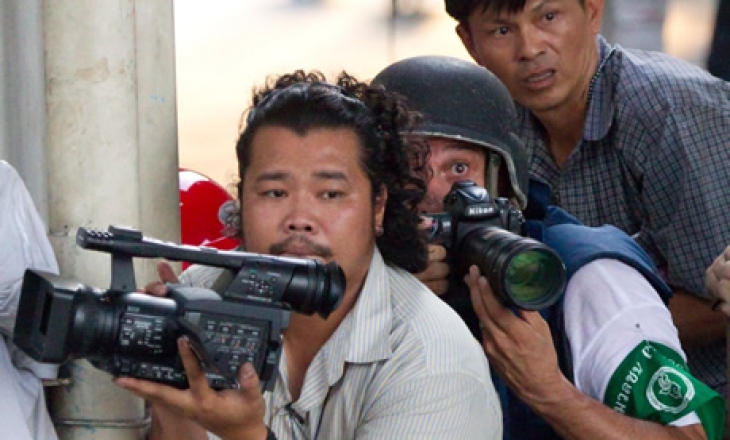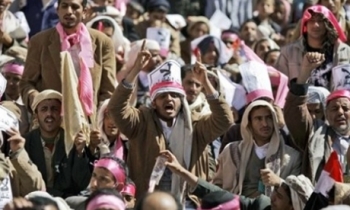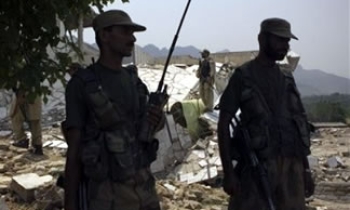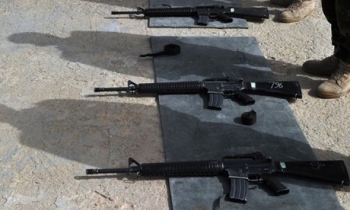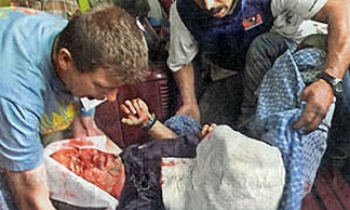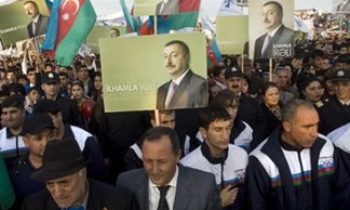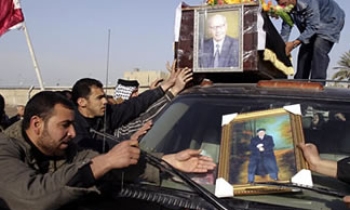If you’re a journalist trying to capture footage of political unrest in Thailand, be warned. Only a few have escaped unscathed from the hands of death while being among the fierce battles between security forces and protesters.
Two journalists died and several others were injured during the country’s political unrest. New York-based press freedom group Committee to Protect Journalists (CPJ) has carried out an investigation and have found that both security forces and protesters engaged in reckless behaviour and in the aftermath, the government has done little to bring anyone to account for their actions.
After Thai security forces and antigovernment protesters clashed in a series of armed confrontations in April and May, both sides in the political conflict claimed to have exercised restraint. At least 90 people were killed and more than 1,800 injured in the violence, some of the worst civil strife to hit Thailand since troops opened fire on pro-democracy demonstrators in 1992.
With a huge amount of casualties, Prime Minister Abhisit Vejjajiva’s government has persistently maintained that troops used live ammunition only in self-defence, and that its crowd-control measures were consistent with international standards. The United Front for Democracy against Dictatorship (UDD) protest group claimed throughout its nine-week demonstration that its supporters, known for their red shirts, were peaceful and unarmed unlike their counterparts.
The CPJ investigation has produced other results keeping in mind the notable deaths of two journalists; Fabio Polenghi, an Italian freelance photographer, and Hiro Muramoto, a Japanese cameraman for Reuters along with injuries to nine other reporters and photographers. Two dozen journalists that covered the conflict spoke with the CPJ offering their accounts on what happened which were substantially different than those presented by the government and the UDD, describing events that transformed areas of Bangkok into an unpredictable and chaotic war zone.
Journalists claimed that on several occasions troops fired in a random manner into crowds of apparently unarmed demonstrators, frequently in areas where reporters were present. Their news reports and interviews with CPJ also highlighted the presence of heavily armed, black-clad protesters who fired gunshots and launched grenades at troops deployed in areas where journalists were positioned possibly depicting a grudge against the people who were trying to capture and report these moments.
However, private investigations launched by concerned news organisations, foreign embassies, and family members of the deceased have been denied access to key information.Hence, no one has been brought to account for the killings and the other critical injuries. Though, the government maintains it won’t play the blame game for the deaths, because of the fact that foreign reporters were among those killed, official obfuscation could have diplomatic repercussions for Thailand, particularly with its largest foreign investor, Japan due to the death of one of their own, Muramoto.
Even official autopsy reports have not been sent to the families of the deceased. Polenghi’s family has expressed concerns about the government’s opaque response to his death and repeated failure of delivering an autopsy report. But, video footage uncovered has shown journalists and protesters who carried Polenghi’s body out of the road and onto a motorcycle bound for a nearby local hospital. The footage appeared to show a bullet that had entered Polenghi’s body under his left armpit and exited through his side. He was declared dead on arrival at a local hospital. Authorities did not report any bullet being recovered. Polenghi’s sister noted that many of Polenghi’s personal belongings, including his camera and telephone, are now missing. Such contradiction and obfuscation have fuelled her fears that Polenghi could have been targeted for being a journalist.
As for Muramoto, private investigations have been commissioned by Reuters. Muramoto, 43, was shot and killed while covering the first armed clashes between antigovernment protesters and Thai security forces. An initial government autopsy revealed only that a bullet fired from a high velocity rifle entered under Muramoto’s right armpit and exited through his back.
With the subject of other journalists also being injured, the government has announced plans to launch various independent and quasi-independent investigations into the recent rash of deaths and injuries of security forces, protesters, and other civilians during the April-May political unrest. Separate probes will be led by the police Department of Special Investigations, the quasi-independent National Anti-Corruption and National Human Rights commissions, as well as an independent factfinding committee. This has already led to concerns as it has emerged that the investigations will not bring perpetrators to justice, particularly if they are government agents.
The Committee to Protect Journalists has made recommendations for the government:
- Complete the official autopsies and police investigations into the shooting deaths of Fabio Polenghi and Hiro Muramoto.
- Undertake thorough and impartial investigations into the wounding of nine other journalists, including Nelson Rand and Chandler Vandergrift. Where criminal liability is found, file charges and prosecute the perpetrators. Where military forces acted outside accepted standards, subject the individuals to military discipline.
- Cooperate with independent investigations probing the circumstances surrounding the killing and wounding of journalists. Where no legal impediments exist, disclose the results of official autopsies and police investigations.
- Make available all closed circuit television footage and other relevant forensic evidence now in the government's possession.
- Refocus the duties of the main government-appointed factfinding panel to include bringing to justice the perpetrators of violence against journalists.
- Repeal the state of emergency in effect in Bangkok and 15 other provinces and stop censoring media, including online publications, for national security reasons.
- Ensure that military forces take all reasonable precautions to prevent unnecessary risk to journalists covering political unrest.

